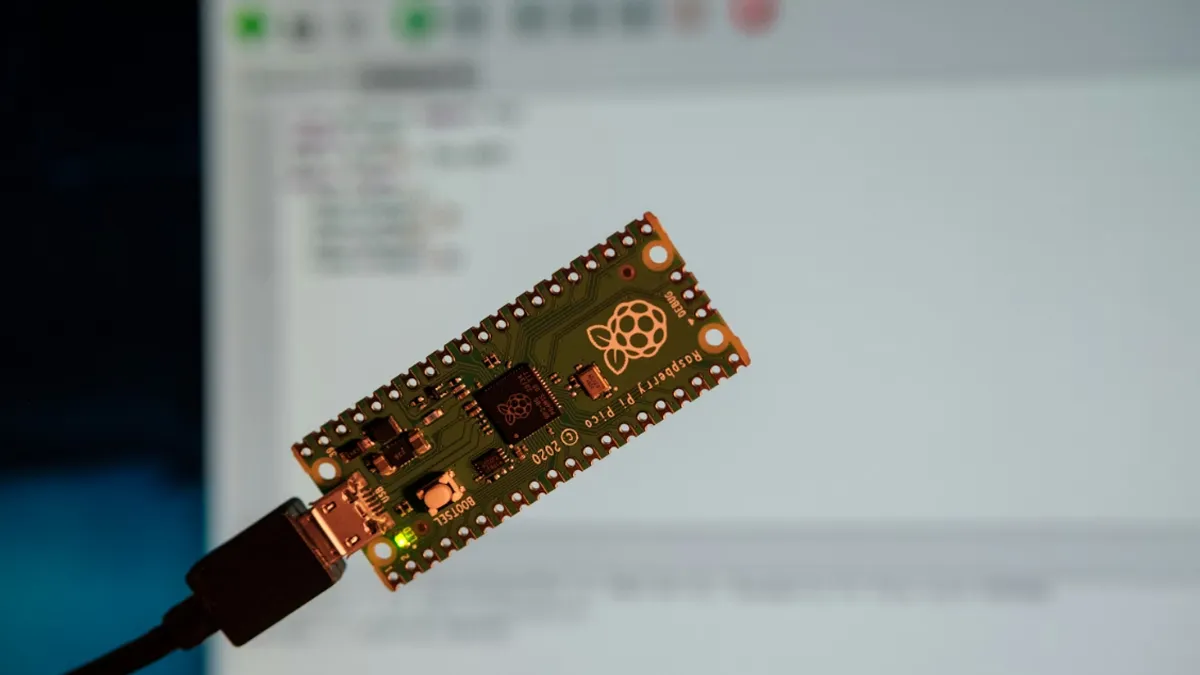
How to get Canada IC VOC and ISED Certification?
IC VOC Certification (For Non-Wireless Devices)
1. Applicable Products
General electronic and electrical equipment (e.g., home appliances, lighting, IT devices).
Devices without radio functionality (wireless devices require ised certification).
2. Certification Process
Step 1: Product Testing
Conduct EMC (Electromagnetic Compatibility) testing in an accREDited lab according to Canadian standards (e.g., ICES-003, ICES-005).
Step 2: Prepare Technical Documentation
Includes test reports, circuit diagrams, user manuals, and key component lists.
Step 3: Sign DoC (Declaration of Conformity)
The manufacturer or importer signs a declaration confirming the product complies with Canadian regULations.
3. Frequently Asked Questions
Q: Is a Canadian local representative required?
Not mandatory, but it is recommended to designate a local importer or agent to assist with compliance.
Q: What is the validity period of the test report?
No fixed validity period, but retesting is required if product design or standards change.
ised Certification (For Wireless Devices)
1. Applicable Products
Devices with wireless functionality (e.g., Wi-Fi, Bluetooth, 2G/3G/4G/5G, RFID, etc.).
2. Certification Process
Step 1: Determine Certification Type
Choose between Certification (e.g., for Short Range Devices - SRD) or Registration based on device type.
Step 2: Lab Testing
Perform RF, EMC, and SAR (if applicable) tests in an ISED-accredited lab.
Step 3: Submit Application
Submit test reports and technical documents via the ISED website or through an authorized body (e.g., TCB).
Step 4: Obtain ic id
Upon approval, receive an IC ID (format: XXXXX-YYYYY), which must be clearly labeled on the product.
3. Frequently Asked Questions
Q: Is a Canadian local representative required?
Yes. ISED mandates a designated Canadian local representative (Responsible Party).
Q: How long does certification take?
Simple devices: \~4–6 weeks
Complex devices: 2–3 months
Pitfall Prevention Guide
1. Before Certification
Identify Product Category: Clearly distinguish between VOC and ISED; wireless devices must apply for ISED.
Monitor Standard Updates: Regularly check for updates to Canadian regulations (e.g., ISED RSS, ICES standards).
2. Testing Stage
Use Accredited Labs: ISED testing must be done in a CAB (Certification Body) recognized lab.
Pre-test Early: Conduct pre-tests to avoid delays from official test failures—focus on EMC and RF performance.
3. Labels and Documentation
Compliant Labels: IC ID/VOC markings must be clear, permanent, and meet font size requirements.
Complete Technical Files: Retain test reports, design schematics, and risk assessments for at least 5 years.
4. Common Mistakes
Overlooking Frequency Differences: Wireless bands in Canada may differ from the U.S. (e.g., Wi-Fi channels).
Using Incorrect Symbols: Avoid using the fcc logo; use the proper ISED/IC marking instead.
Failure to Update Local Representative: If the local representative changes, promptly notify ISED.
Summary Points
VOC Certification: Self-declaration, for non-wireless devices. Requires testing, technical documents, and labeling.
ISED Certification: Mandatory for wireless devices. Requires lab testing, IC ID, and a Canadian local representative.
Key Pitfalls to Avoid:
Plan testing early
Stay updated with regulation changes
Ensure label compliance
Partner with a reliable certification agency
Recommendation: Collaborating with a professional certification body can significantly reduce risks and speed up the process.
Email:hello@jjrlab.com
Write your message here and send it to us
 Infant Support Pillow 16 CFR 1243/1242 & ASTM
Infant Support Pillow 16 CFR 1243/1242 & ASTM
 BRM Registration Card Under CFR Part 1130 Regulati
BRM Registration Card Under CFR Part 1130 Regulati
 How to get a D-U-N-S® Number for US FDA Registrati
How to get a D-U-N-S® Number for US FDA Registrati
 Household Massage Devices Compliance in the China
Household Massage Devices Compliance in the China
 Compliance for the Global In Vitro Diagnostic (IVD
Compliance for the Global In Vitro Diagnostic (IVD
 Compliance Guide for Nebulizers in European and Am
Compliance Guide for Nebulizers in European and Am
 Cybersecurity Certification Service for EU RED Dir
Cybersecurity Certification Service for EU RED Dir
 ANATEL Certification Compliance Guide for Brazil M
ANATEL Certification Compliance Guide for Brazil M
Leave us a message
24-hour online customer service at any time to respond, so that you worry!




